|
Reported by John-Peter Gernaat This talk opened the St John’s Conference weekend on the theme The Lamb of God: Consequences of the New Image of the Etheric Christ. The Formative Force Body is the same as the Etheric Body. It is the body that helps to give a certain life force and form to our human capacity for life on earth. John the Baptist referred to the Pharisees and Sadducees as ‘a brood of vipers’. Later, John the Baptist says to his disciples when he sees Jesus: “There goes the Lamb of God”. Rudolf Steiner alerts us to a change from the image of the serpent to the image of the lamb. There was a change that occurred in the imaginations of peoples across the globe to move from the image of the rising serpent – the rising force of life – to an imagination of the restful lamb. What Rudolf Steiner points to is that the formative force body of the human being appeared to clairvoyant vision as a rising serpent before the Baptism in the Jordan. The Baptism in the Jordan brought about a significant change in the appearance of the formative life body to (atavistic) clairvoyant vision. The formative life body appeared as a resting (restful) lamb after the Baptism in the Jordan. Why was the form of the formative life body a rising serpent? How was this experienced for eons before the Baptism in the Jordan? How did the change come about? The change in the way the formative life body appears is very recent and we, as human beings, are still exploring what this means for us. When we look at the night sky and the constellations of the stars there are two things that become apparent. There is a horizon which is horizontal, but, when we view the movement of the sun against this background of constellations, the sun moves against the background stars along a path that forms a wave to the horizon and passes through the twelve constellations of the zodiac. The path along which the sun moves during the year is called the ecliptic (from the ancient Greek term 'ekleiptikos', meaning 'the path along which eclipses occur'). (If we were able to stand at the centre of the sun and observe the earth orbiting around the sun, we would see that, throughout the course of its orbit, the earth describes a path against the background zodiac constellations - the same path that we see the Sun describe but viewed from the opposite direction. Therefore, as well as being the sun's path against the background stars, the ecliptic can also be considered as the plane of the earth's orbit projected out into space.) The image that Michaël used was: The constellations on the ecliptic are the ones that caught the imagination of the ancients, but these are by no means the only constellations in the sky. For this talk there are two serpent constellations to note: Hydra, that begins near Cancer and snakes across the heavens to Libra, and Serpens, which is not of as much importance for this talk. The understanding of the constellation of Hydra predates the Sumerian culture and was not the Hydra of Greek mythology. It was identified as the water snake and it was named Tiamat (the goddess of chaotic waters – the sea). Tiamat was married to the god of the order, the god of the underground waters that gave us the rivers and the freshwater lakes on the surface of the earth. She was also the mother of dragons who gave birth to water serpents and dragons. One of her offspring became known in Babylonian times as the mušḫuššu or mushkhushshu. The earth rotates around its axis and in its revolving around the sun traces the ecliptic. There is a third movement of the earth through the stars caused by a wobble of the earth on its axis. The axis is always in one of the constellations on the ecliptic. The wobble, known as the precession, moves the axis of the earth through the constellations on the ecliptic in the opposite direction to which the sun appears to move along the ecliptic. It takes about 2500 years for the axis of the earth to move across one constellation and therefore the complete cycle of axial precession through the twelve constellations spans about 25,771.5 years. (Watch a graphic of the precession:) In the span of human evolution for which there are records, the earth has moved through Gemini, Taurus, Aries and Pisces. We are still in the age of Pisces despite the musical production ‘Hair’ that would have us entering the Age of Aquarius. Note the influences of the ram and the sheep in world cultures during the time of Aries, and prior to that the influence of the bull – e.g., the Bull of Heaven in the Sumerian Culture – in world cultures in the time of Taurus, and before that the ideology of twinning in the time of Gemini. Some of the earliest mythology that exists about creation are stories of twins where one twin kills the other twin, one twin is sacrificed, and the other twin uses the body of the sacrificed twin to create the world. The Earth therefore becomes the new twin of the Man. Something shifts in mythology as the precession of the earth’s axis moves into Taurus and then into Aries. The idea of the twin remains but changes to the twin of a man and bull, later to a man and a ram. The twin becomes an animal twin which meant that it was much easier to sacrifice the animal than the human being. Therefore, there was the sacrifice of the bull and then, later, the sacrifice of the ram. The animal that is sacrificed represented the force of the human being. The sacrifice of the bull and, as in the story of Abraham and Isaac, the sacrifice of the ram, remains the imagination of creation through the sacrificing of a twin nature. Returning to Hydra which spans Cancer (the time of St John’s) to Libra (the time of Michaelmas. Most vipers are ovoviviparous, meaning that the eggs are fertilised and incubate inside the mother and she gives birth to live young. The name viper derives from the Latin meaning ‘live birth’. Vipers are poisonous and were therefore considered guardians. They also remain still until they rise up to attack. They were placed at the entrance to scared places, so that no one could cross the threshold. The image is therefore of the rising serpent as guardian of the sacred. Therefore, to call the Pharisees and Sadducees the guardians of the law and the guardians of the morality and the ethical structure of Judaism was a compliment (“You brood of vipers.”). They were stopping the Hebrews from crossing into the sacred temple. However, through the Baptism the human being becomes ready to cross this threshold into sacred thought and the time of the Pharisees and Sadducees as the guardians was over. When John the Baptists call the Pharisees and Sadducees a brood of vipers, he was calling them out for doing a job that was no longer necessary – they were now blocking the potential development in thought and action in human beings. A libation vase that is stored in the Louvre in Paris dating back to 2120BCE bears the inscription of the King of Gudea. The libation is offered to a god who was known to the Ancient Sumerians as the ‘Lord of the Good Tree’. This is the first occurrence of an esoteric idea of a tree that is good. “What, were you told not to eat. This tree is good to eat. It will give you discernment. You will know good from not good. You will be like God. It is the tree that is good to eat.” That is how the Tree of the knowledge of All Things is presented in Genesis. This is the imagination in ancient peoples of the Lord of the Good Tree. The Lord of the Good Tree, on this libation vase is guarded by two rampant mushkhushshus (the name meaning beautiful snake). The Lord of the Good Tree is the staff with its wavy branches and the two-headed serpent that is intertwined with the staff. The name of this god in Sumerian was Ningishzida, to become known as the caduceus. Note the horns on the heads of the mushkhushshus and on the head of the serpents. The great god of Sumer, Marduk, tamed the mushkhushshu and also tamed Tiamat, the chaotic waters, upon which he walks: Marduk’s name means the calf bull son of the sun (the sun god Utu). Here we see the notion of being twinned with the bull and also the movement from the adult bull to the calf bull. This should bring to mind the golden calf of Exodus, which was an attempt by the Hebrews to go back to something that had been before, to an old idea, at a time when humanity had already moved away from the influence of the constellation of Taurus and was moving into the constellation of Aries, the Ram, holding a different imagination as a human response to the relationship with the Divine.
The caduceus becomes the Kērykeion – sceptre of Hermes: The serpents only represent to top of the staff and have become like horns. The symbol of horns remains important in the imagination of people as having something to offer. A coin from the reign of king Ashoka of India (c. 268 – c. 232 BCE) shows that the symbology was carried by other cultures: The idea of the rod and intertwined serpents is one that has been carried in the imagination of many peoples for a long time. The single serpent on a rod is the symbol of healing. It is the rod of Asclepius. This symbol is also seen in this painting of Moses with the brass serpent and here it is pictured on a cross as precursor for the healing of sin on the cross. The image of the chakras is accompanied by the idea of a rising energy, a coiled serpent, that the human being endeavours to raise from the base chakra to the crown chakra – the rising of the kundalini. This rising energy is depicted as a healing energy or as an energy of prosperity: This is a symbol of the Lord of the Good Tree. The symbol of the rising serpent spiralling up on a rod is seen in images in the Garden of Eden: The idea of the Lord of the Good Tree prevails across cultures. The serpent in Michelangelo’s depiction of the temptation appears in human form with arms outstretched to represent the branches or wings of the Lord of the Good Tree. The curse of the serpent is that he must crawl and can no longer rise. The symbol of the serpent is also found in the cultures of ancient South/Central America. Quetzalcoatl, the Aztec god, a plumed serpent, where the plumes are reminiscent of the petals of the lotus flower or the chakras, with horns curled backward like ram’s horns.
In Utah an image of a serpent on a cave wall has clear horns on the head of the serpent. The bull and the ram have resulted in a human obsession with the meaning of what the horns represent as a spiritual extension that serves as antennae. The spiralled horns were noted earlier on the image of the god Quetzalcoatl. The move into the constellation of Aries brought new imaginations and a new understanding. When the ancient Sumerians first identified the constellation, they had images that were not the same as the images into which they evolved over time. The images we now associate with the constellations are the final evolution of the images. One example is Scorpio that was initially the constellation of the Eagle. The Eagle eventually flew out of the ecliptic to become Aquilla next to Serpens and the constellation that was originally the Eagle became Scorpio. The Constellation of Aries was originally the constellation of the Hired Man. The Sumerians saw in the constellation of Aries a shepherd’s crook. The Sumerians had a culture of hiring additional labour at harvest time and at lambing season. Therefore, this constellation was of the man willing to be hired for the task. The hired man was twinned with the lamb grown to full strength, the ram. This was, however, not an appropriate spiritual picture because the hired man did not stay around long enough to witness the lamb grow to adulthood and become a ram. Only the True Shepherd witnesses the lamb becoming a ram. The constellation became the constellation of the True Shepherd and the Ram and then the constellation of the Ram. Read John 10: 1-21. Here is a powerful understanding of a spiritual development, an understanding that the hired man is not a true shepherd. This is a picture language of the development of the constellations because the stars are the Divine script. This passage from John identifies that humanity has come into being in connection with the True Shepherd. When the constellation of Aries became more fixed in the imagination of the ancient cultures after the Sumerians, it became fixed with the ram. There was a particular obsession with the ram’s horns. What grew for the ancient cultures was a connection to the capacity for an organ of perception that would link them to the spiritual world. In Egypt the notion of the ram of Amon protecting the Pharaoh replaced the concept of the rising serpent that protected the Buddha:
Zeus in Greek depiction is also shown on occasion as bearing ram horns as an evolution of Amon. In Exodus when Moses is on the mountain the Hebrew fashion a golden calf. The image of the bull in time became younger until it was the image of the calf. The Sumerian god Marduk was known as the calf bull son of the sun. The Hebrews thus fashioned a spiritual image of the past. Moses comes down from the mountain horned. Earlier sculptures horned Moses like a ram, not like a bull: Moses came down from the mountain with spiritual organs. He had met something of the Divine Spirit and was in connection with the Divine. He came down from the mountain representing the new picture, that of the ram and no longer the image of the bull calf. The strongest picture of the birth of the time of Aries is the story of the ram caught in the bushes that Abraham sacrifices to save the life of Isaac. In the ancient mythological idea the ram is the twin of Isaac who is sacrificed for new birth. In the period from Abraham to Moses the shift from the ram to the potential of the lamb has occurred. It is the lamb that is sacrificed so that its blood may be sprinkled on the door posts so that the angel of death passes over the houses thus marked, thereby preserving the potential of the future, the first-born. An image of a rampant ram caught in a bush excavated from the city of Ur, the home of Abraham. The image dates to 2600BCE and excavated in 1928/9. The constellation of Aries depicted here with ram superimposed that has almost serpent-like horns representing a rising energy. The ram looks backward. The picture of the lamb has the same orientation as that of Aries the ram. It is restful with its head turned back. In an image of the Good Shepherd the lamb too has its head turned back. The constellation of Aries has undergone a movement in the imagination of the ancient cultures from the hired man and the ram to the good shepherd and the lamb. Christ is both the Good Shepherd and the Lamb of God. The twin expressions of the Christ are presented in the image of the Good Shepherd and the Lamb: the human being and the animal representation of the quality of the human being. The quality represented by the lamb, from ancient times, is that of sacrifice. It is not the Good Shepherd we speak of as being sacrificed on the cross but rather the Lamb of God who is sacrificed on the cross.
All the images that are presented here have a connection to the Christian mythology although very few of them are Christian or from the Christian era. They provide an extraordinary insight into the shift that occurs at the time of John the Baptist. The baptism of John which was one of near drowning resulted in the human being rising out of the water into a new experience of life, a new experience of potential and a new experience of future.
Rudolf Steiner indicated that the formative life body no longer appeared as a rising serpent, the kundalini had risen. Our new task is to find the restful lamb. How does the flame of the spirit become drawn into the constitution of the human being, down into chakras to give rise to a vortex with the second half of the chakra rotating in opposite spin to that brought about by the rising life force? In this something comes to birth. There is now a new energy and a new way we can be as human beings. This comes about not only through our own work, lifting the kundalini – eating of the fruit of the Tree of the Knowledge of All Things; but, we need the power of the Holy Spirit in us to give birth to the lamb in us. It is a power we can work with in order to achieve something for our future. We must care for it, with it, and cooperate with it for this power in us to be active, it is not a power that takes over. Then we can do more, as Paul says, than we could ever hope for or imagine. John the Baptist asked that the human being change, metanoia, everything, all the faculties of soul, thinking, feeling willing; change their entire constitution because “the Kingdom of God is close at hand”, and it will be born into the human being. The Kingdom of God can only enter when the human being changes. That was John’s message: to prepare. This is why the festival of John is a festival for the future, because it reminds us that the preparation was for our future development. St John’s is not a festival of remembering, it is a festival of the now and the tomorrow. The words ‘change’ and ‘turn around’ have to do with an opening and a possibility for growth and development. The formative force in us, that forms and informs us, that builds us and sustains us was a rising serpent. This has not gone away but is now matched in the restful lamb, the lamb that bears the Divine in us. This imagery has lived in the mythology and imagination and the concepts of the world for centuries and still lives in our imagination, in our concepts, in our scripture and in our metaphor and in our practical everyday life. (Editor) The last talk of the St John’s Conference by Rev. Mechtild Oltmann on The Lamb of God: Consequences of the New Image of the Etheric Christ will on this page in time.
0 Comments
Leave a Reply. |
Article Archives
December 2022
2023 - January to December
2021 - January to December 2020 - January to December 2019 - January to December 2018 - January to December 2017 - January to December 2016 - January to December 2015 - January to December 2014 - November & December 2013 - July to December 2013 - January to June 2012 - April to December Send us your photos of community events.
Articles (prefaced by month number)
All
|

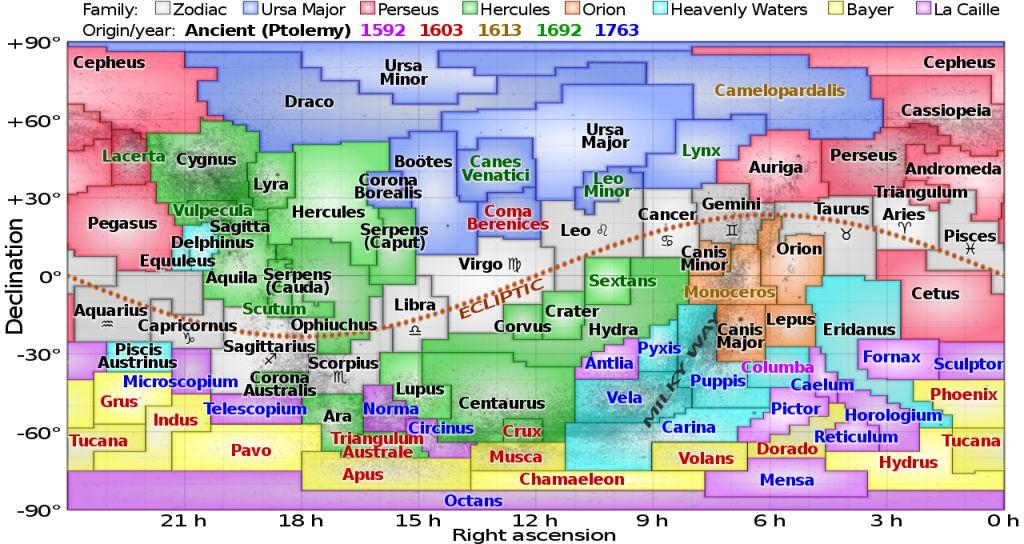
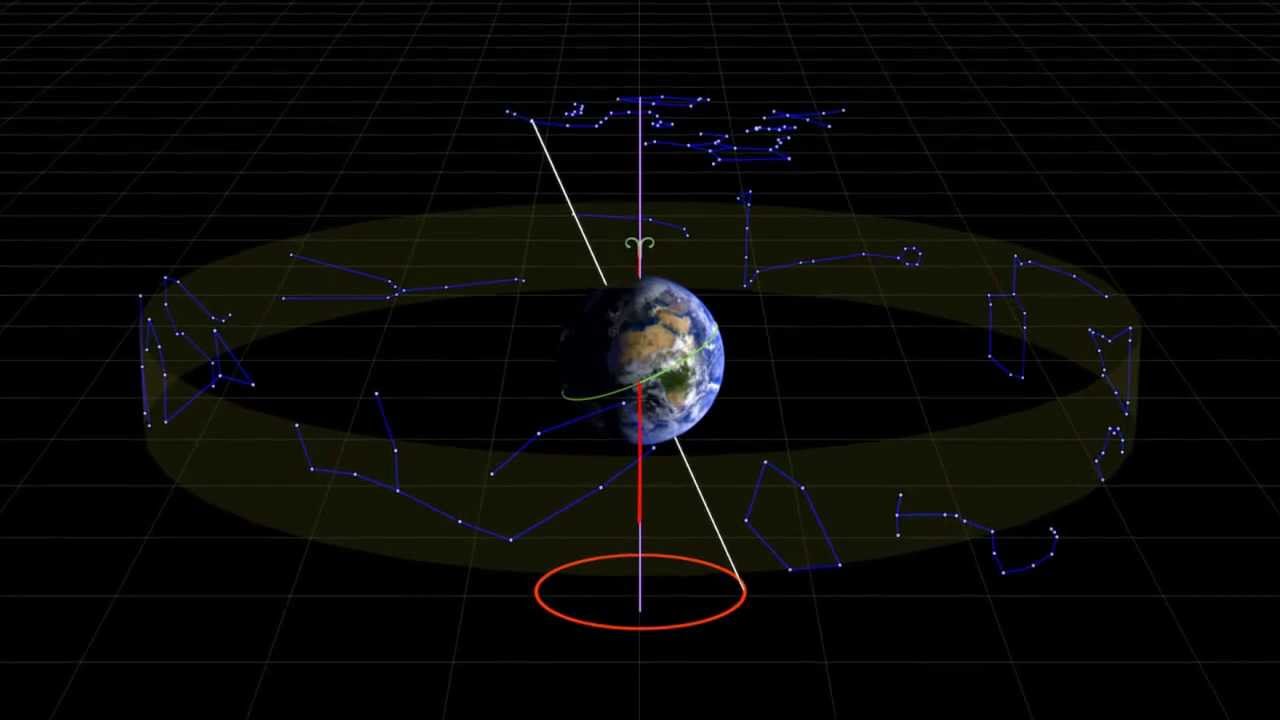
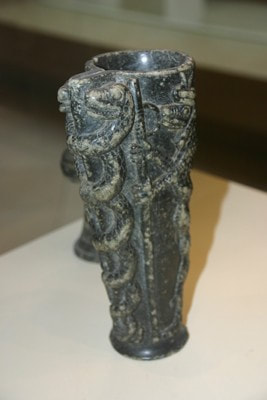
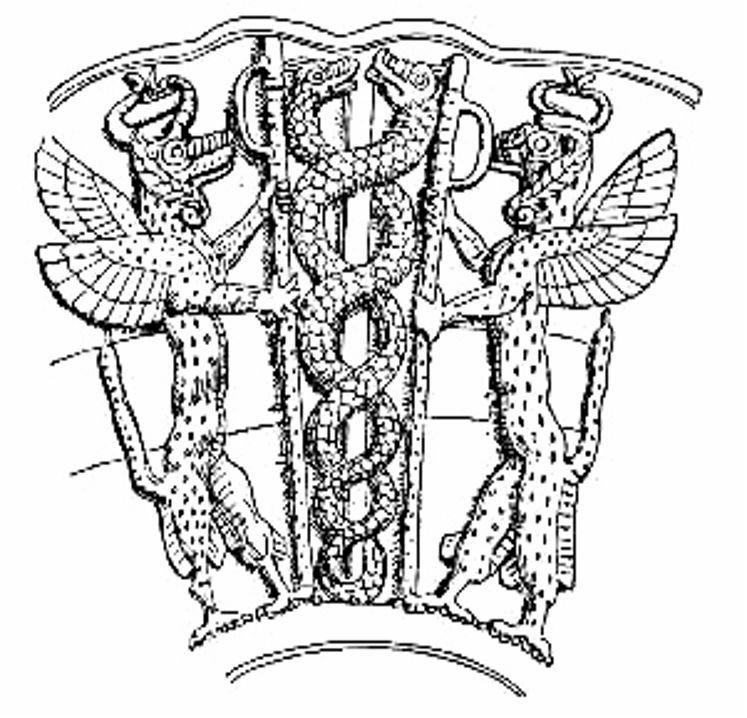
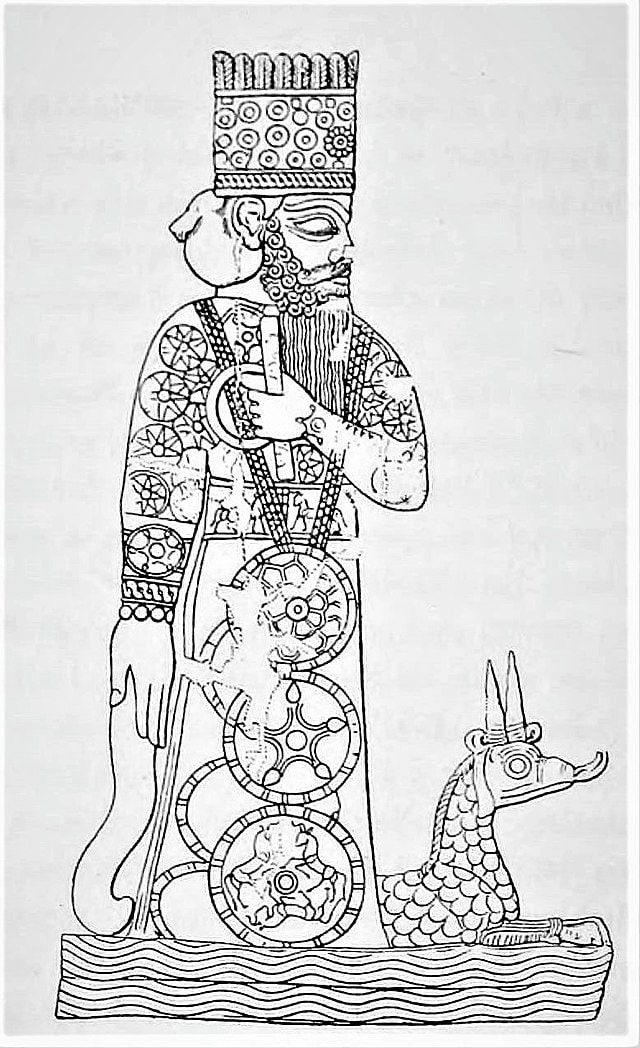
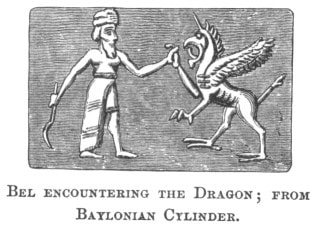

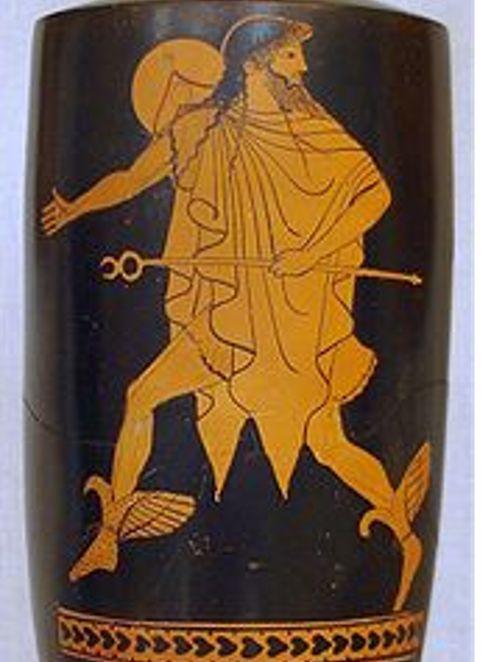

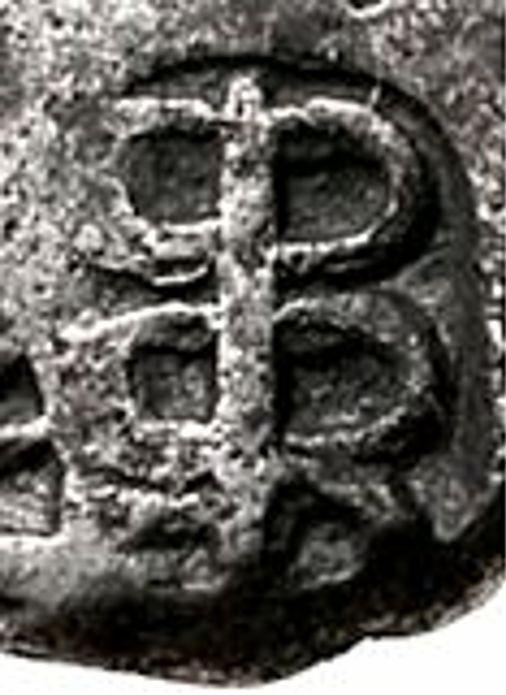

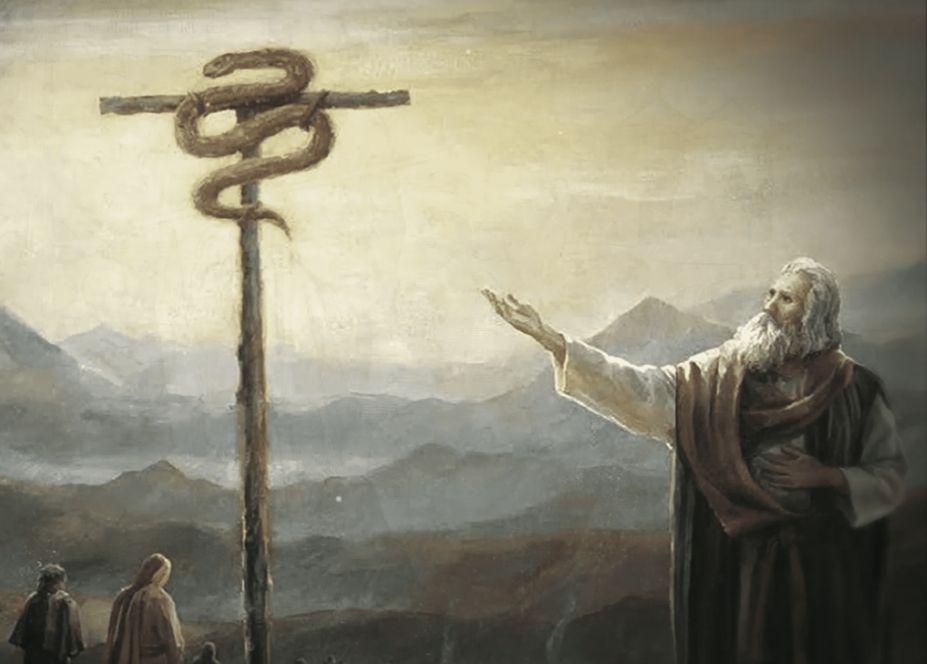
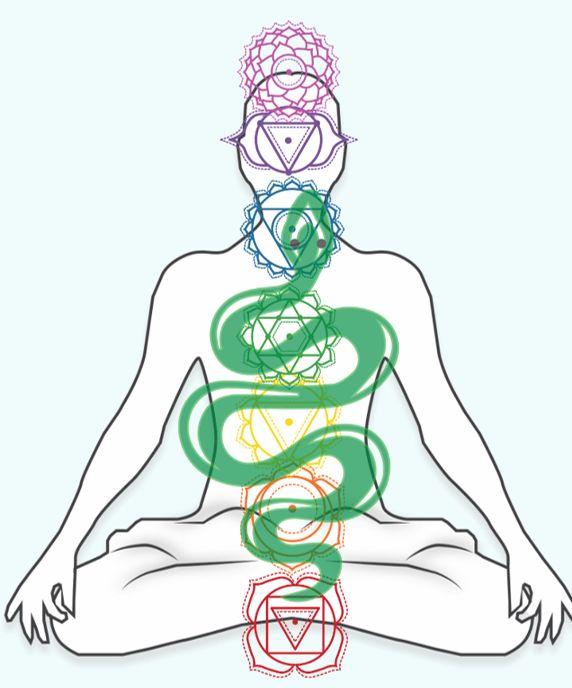
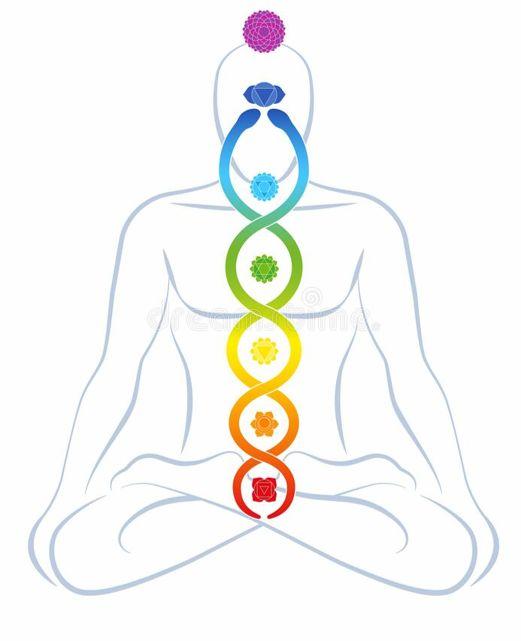
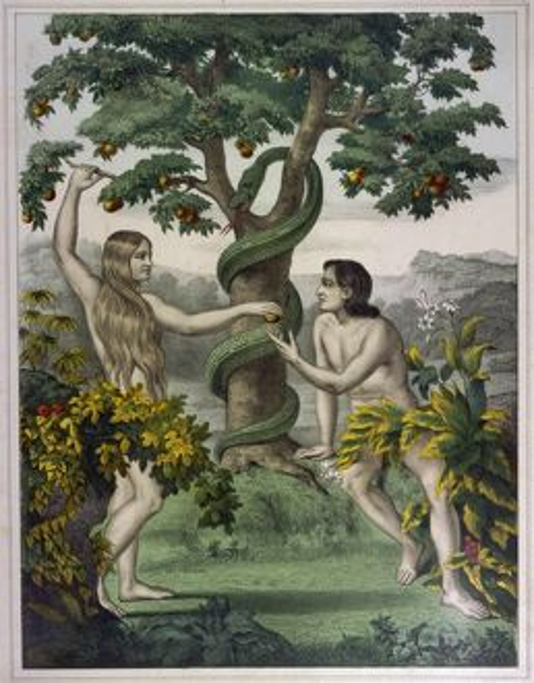
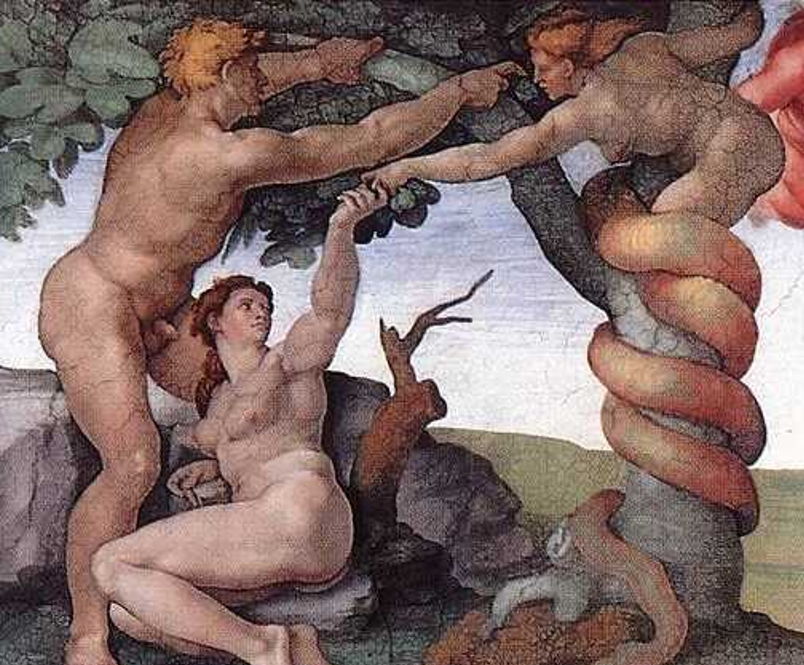
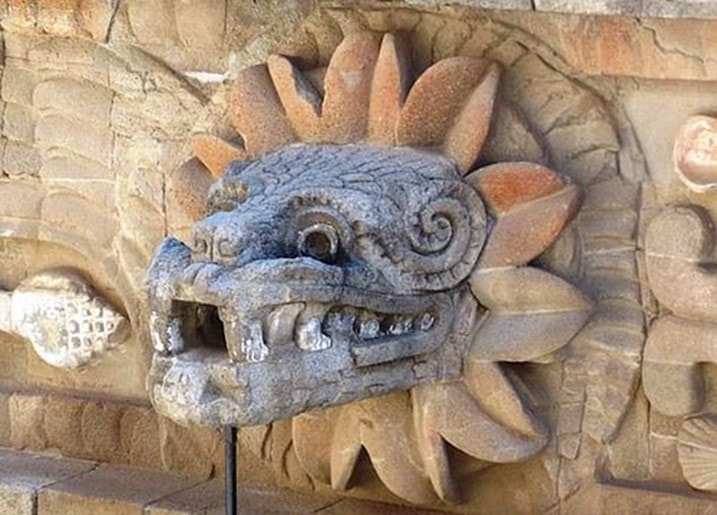
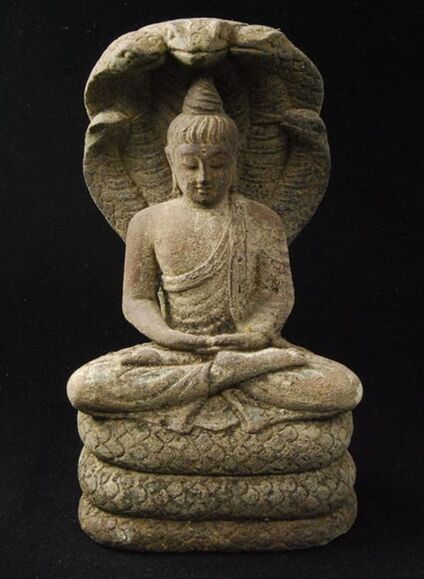
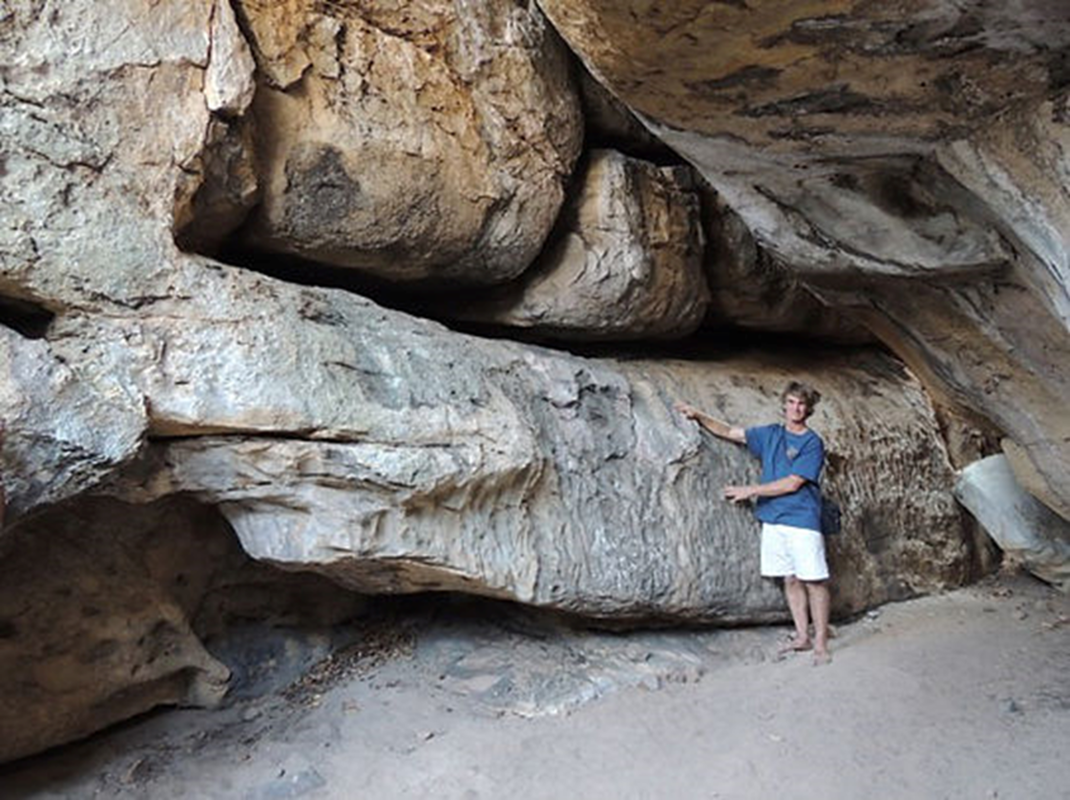
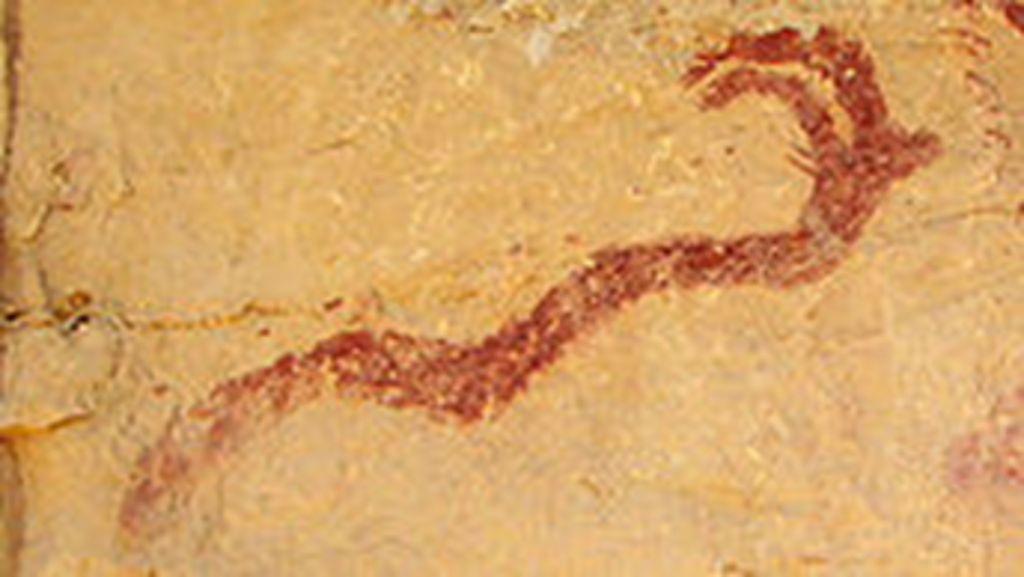
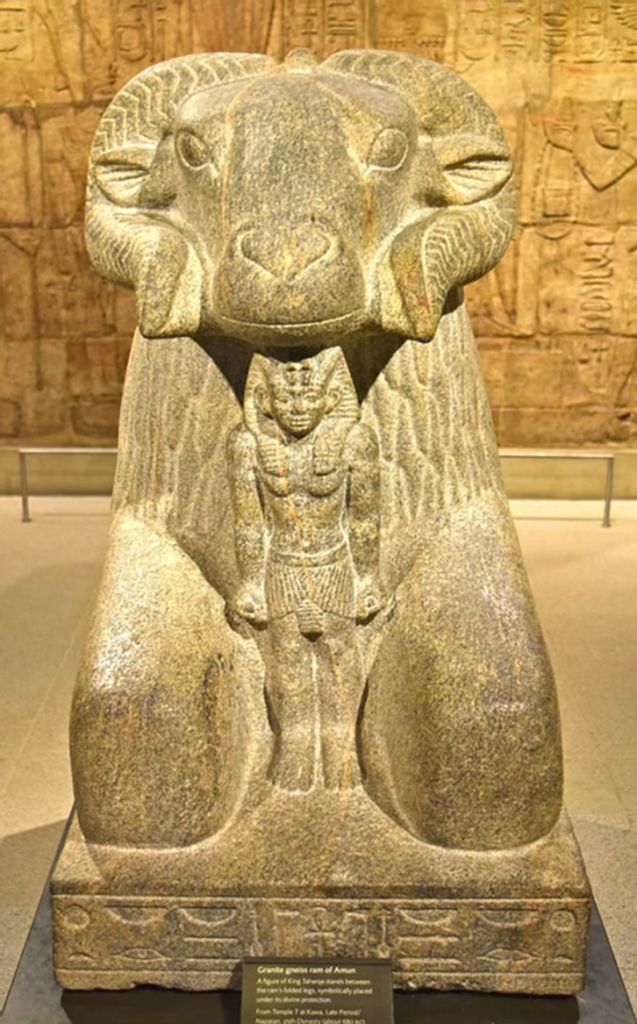
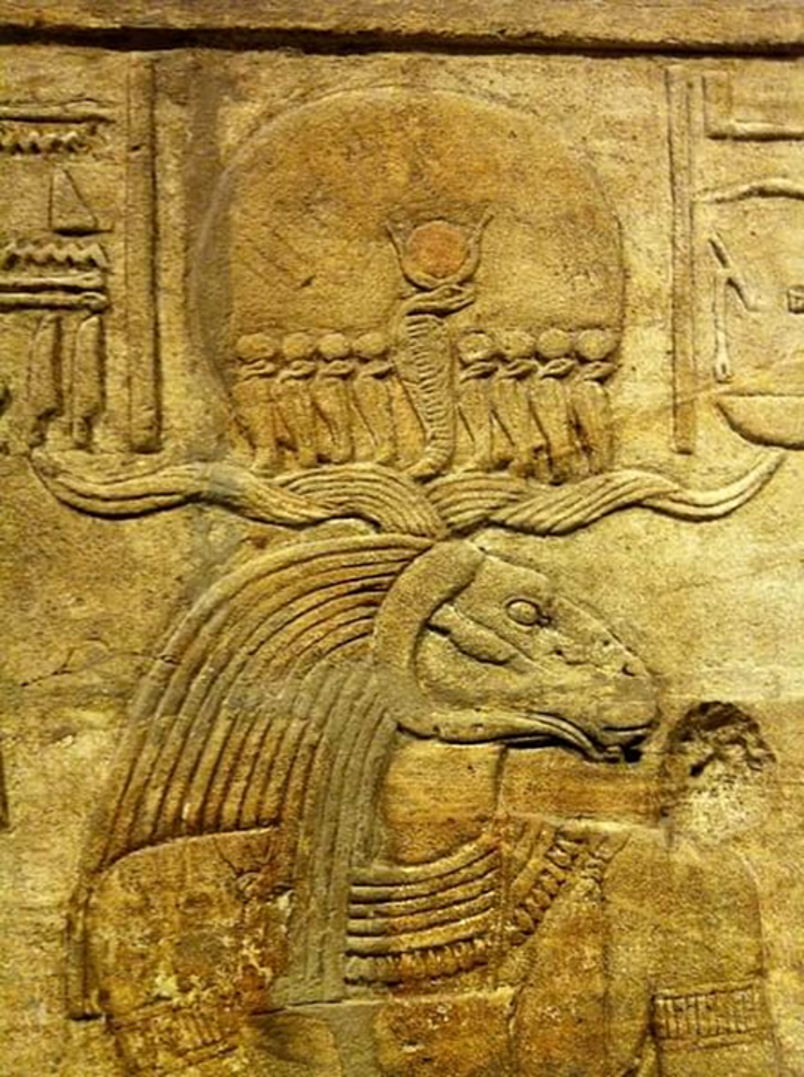
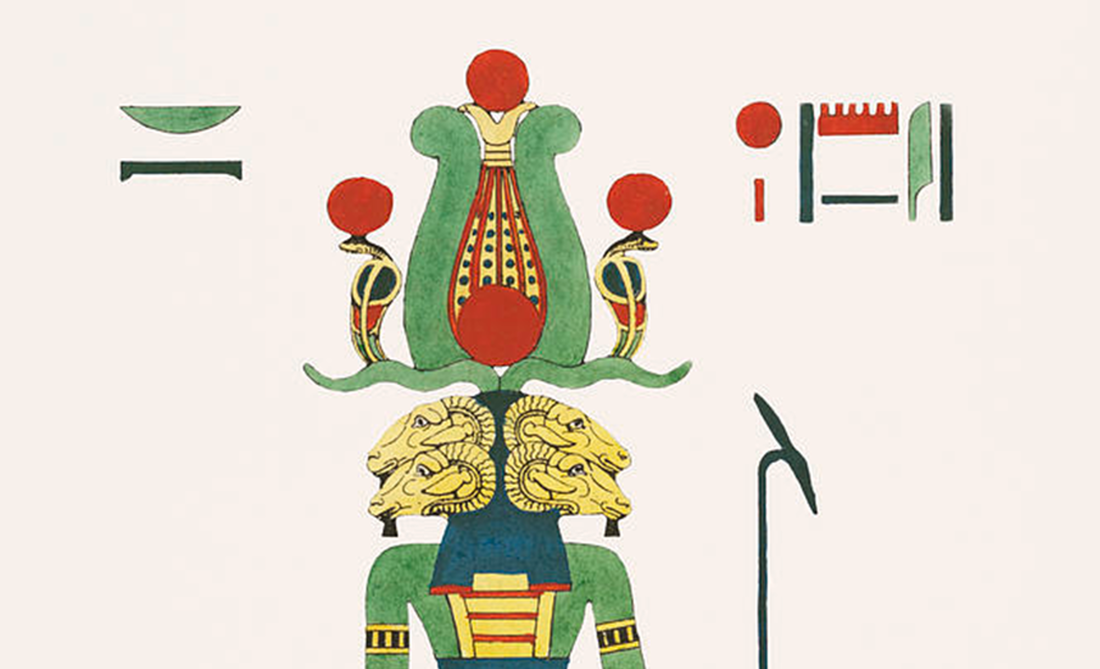
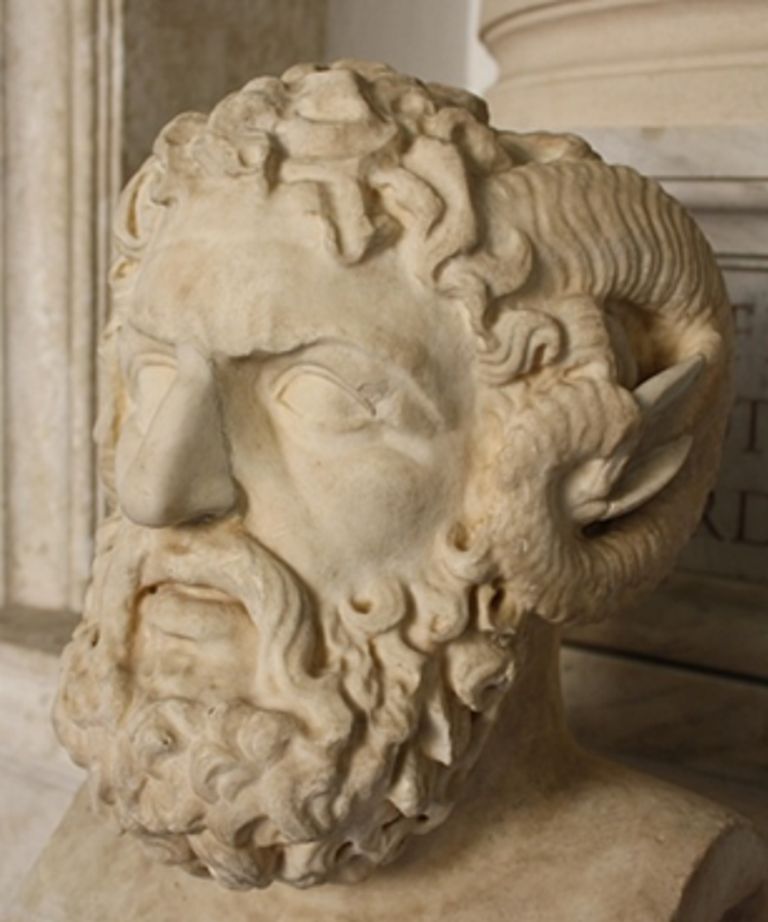
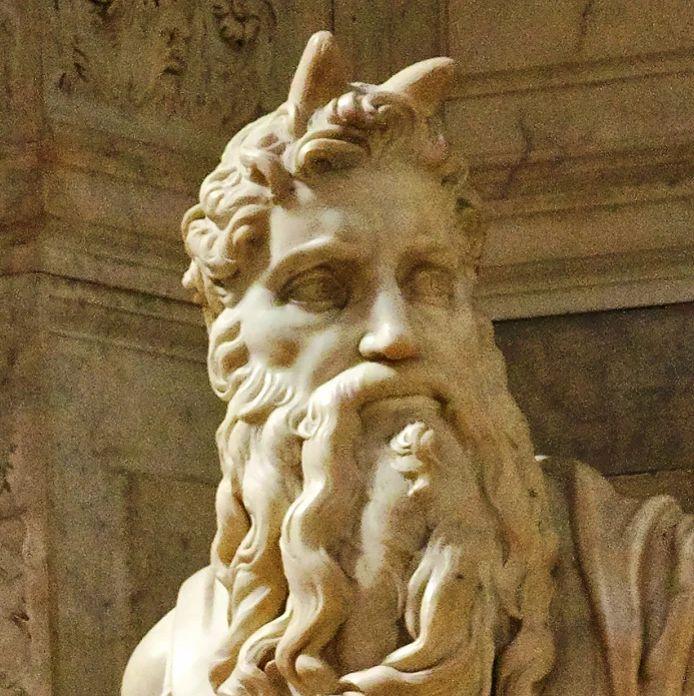
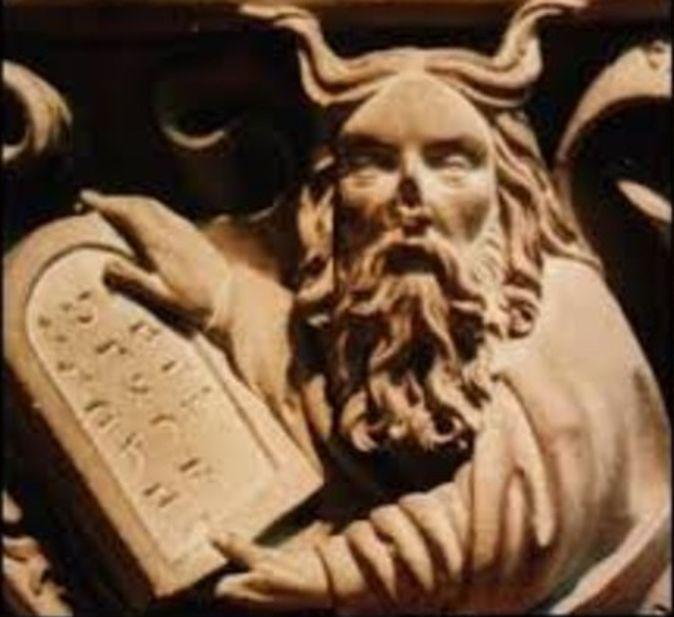
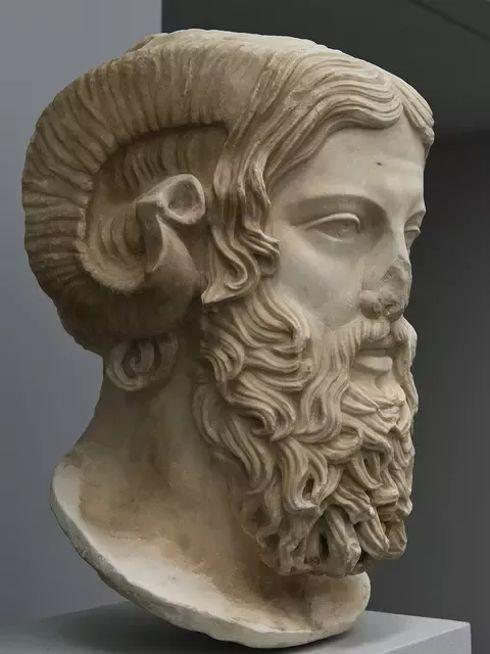
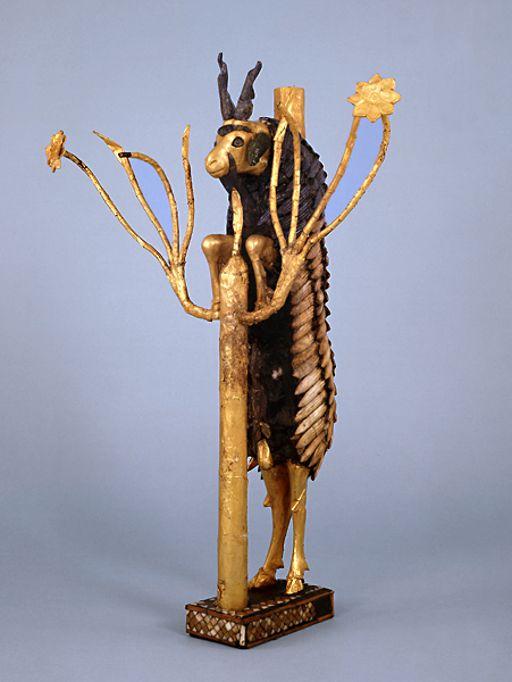
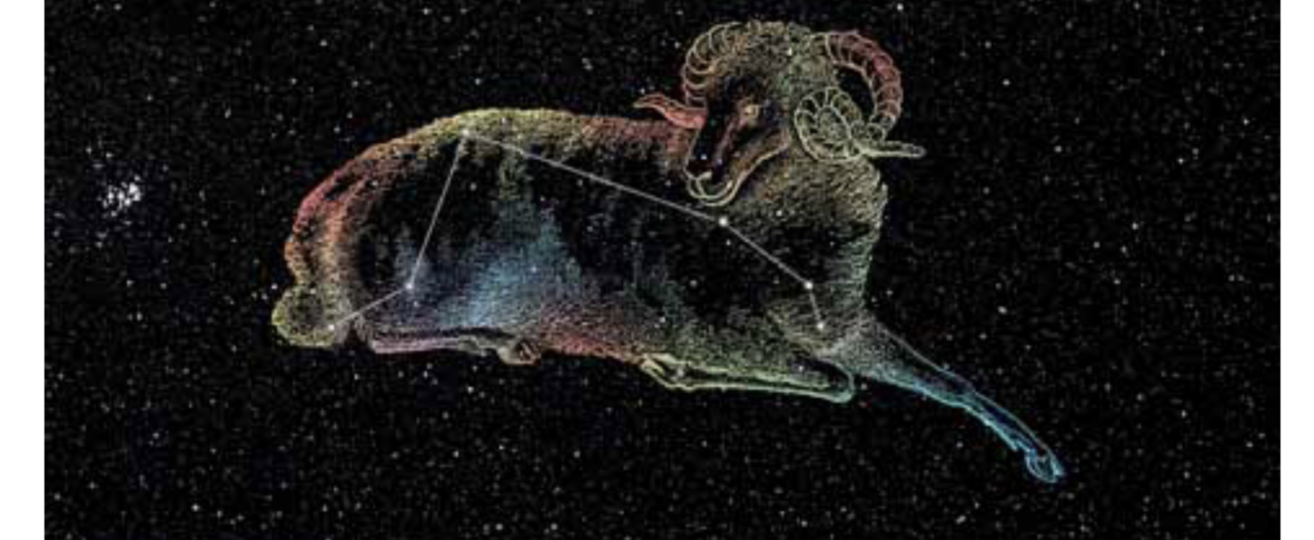
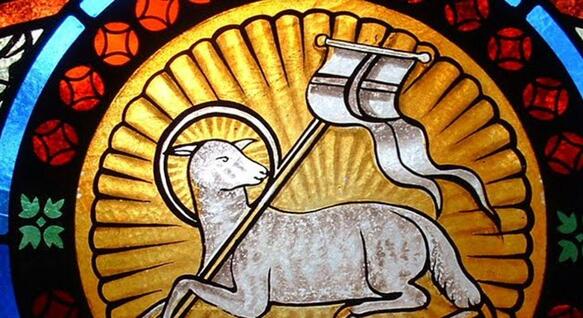
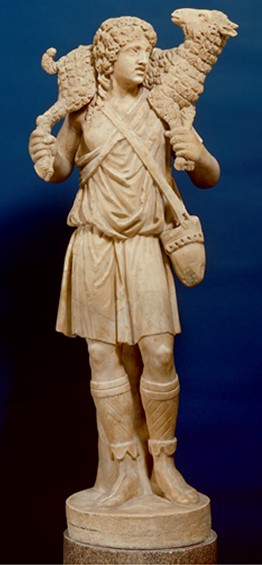
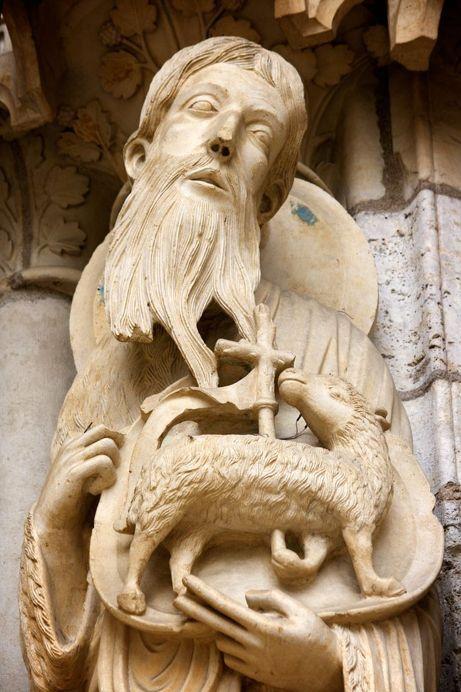
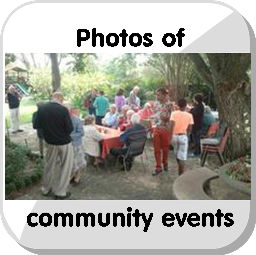
 RSS Feed
RSS Feed